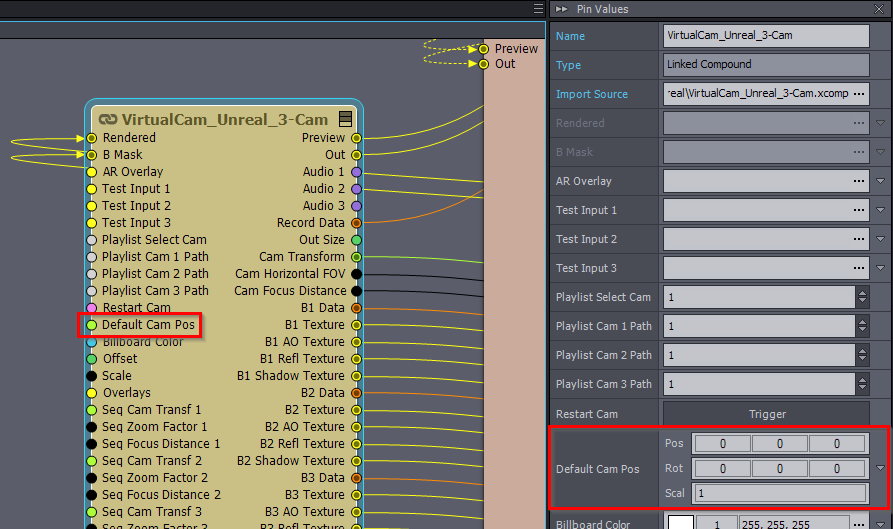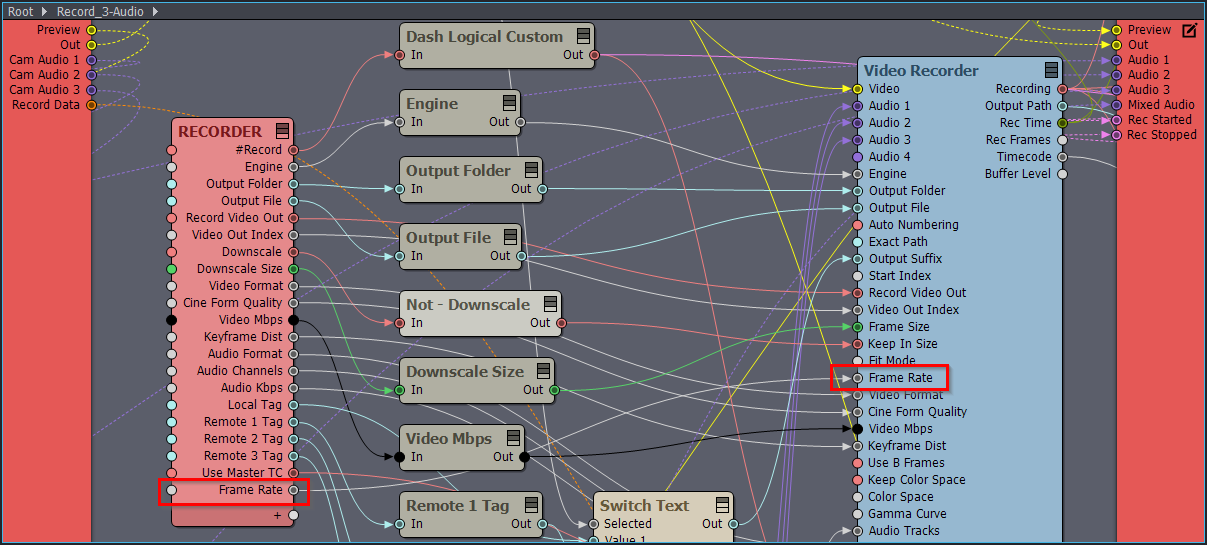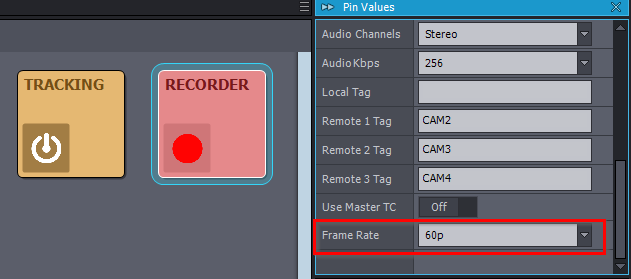Hi, I'm trying to use the 3D virtual camera data in after effects so I can do post processing. After effects does not recognize the .FBX file that was created in Aximmetry. I'm wondering if anyone here knows how to do this correctly? Thank you!
I used the "final composite method" found here:








Hi,
To my understanding, you cannot import tracking data into After Effects' Tracker feature using After Effects' own tools.
Instead, you could try using Cinema 4D's tool, which is built into After Effects. First, you will need to correctly import the FBX file into Cinema 4D. Then, follow the instructions in this video on how to export tracking data from Cinema 4D into After Effects:https://www.youtube.com/watch?v=f3wLh7sPcWE
We are curious to know whether this method works for you. If you encounter any issues or have any success, please share your experiences with us.
Warmest regards,